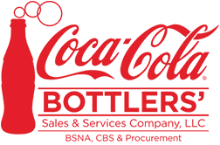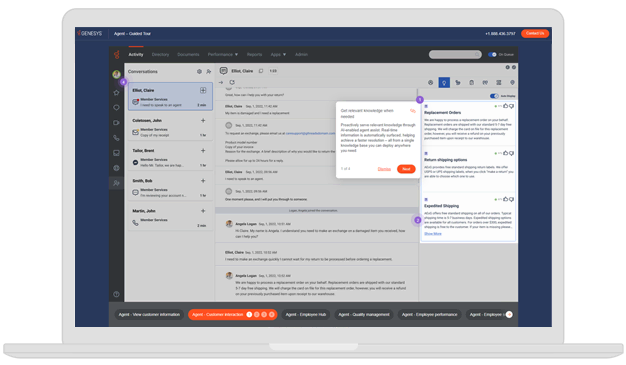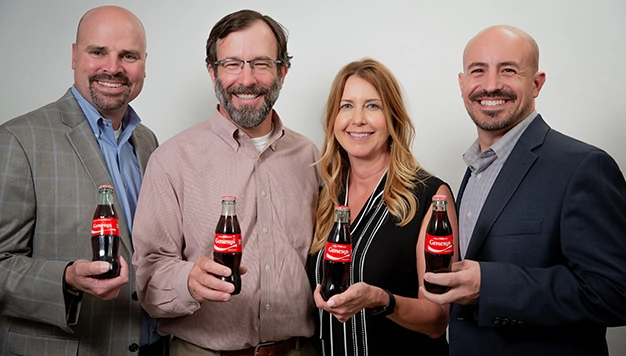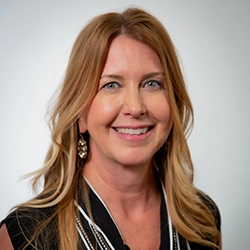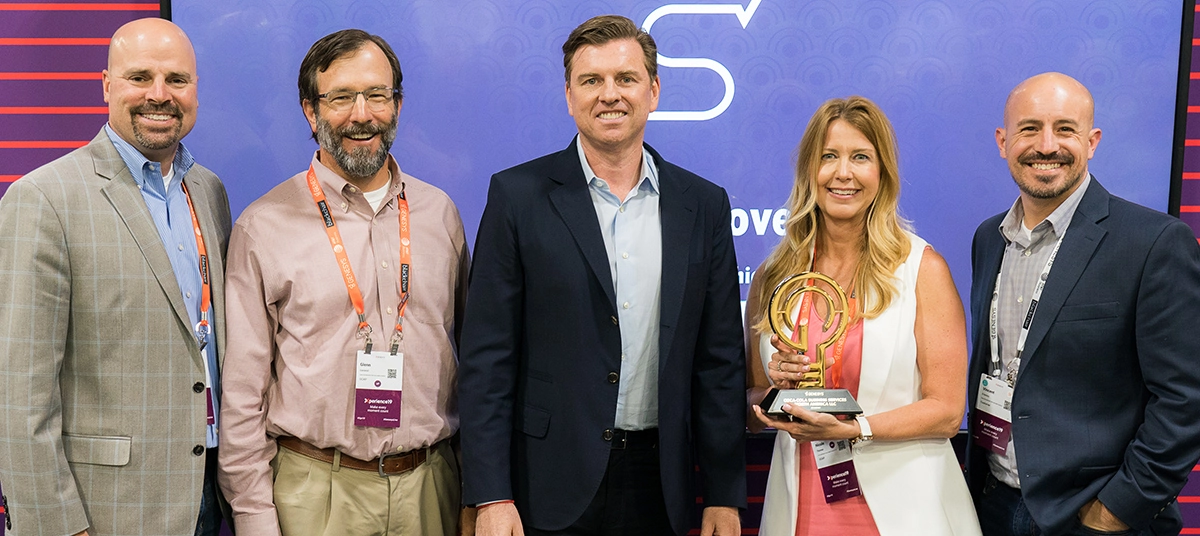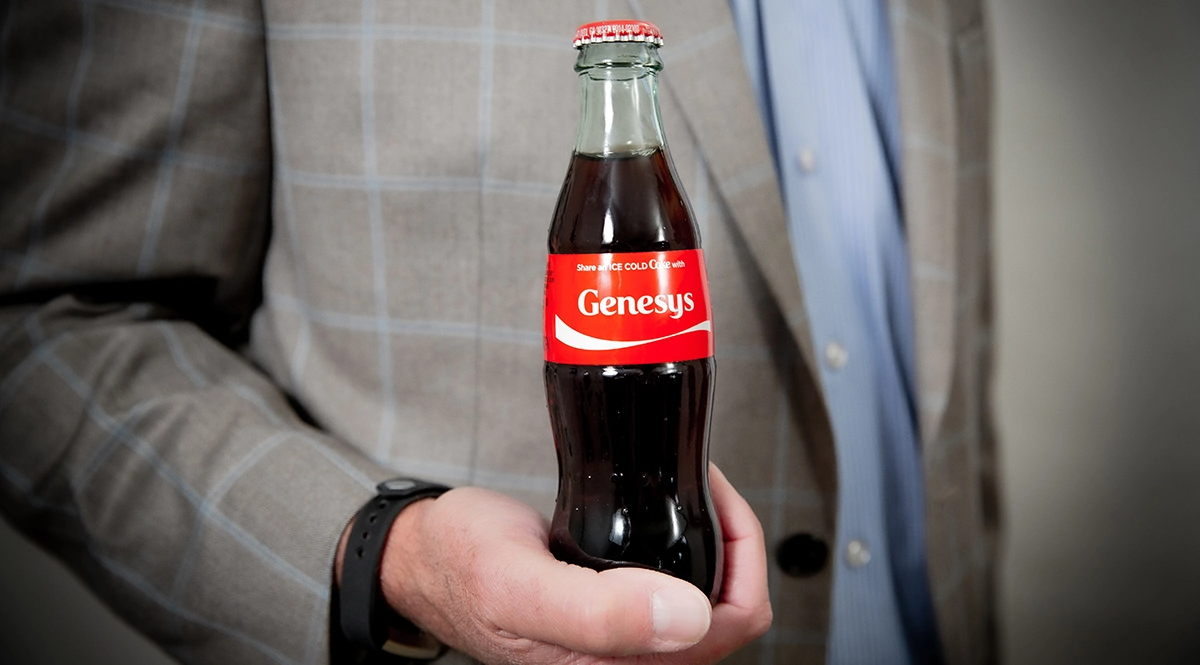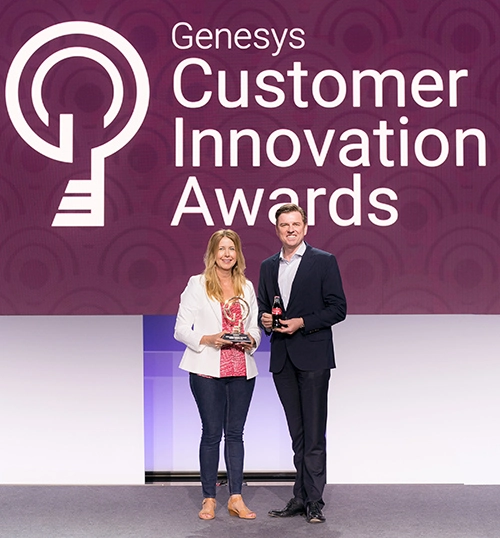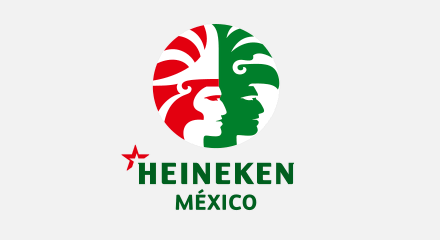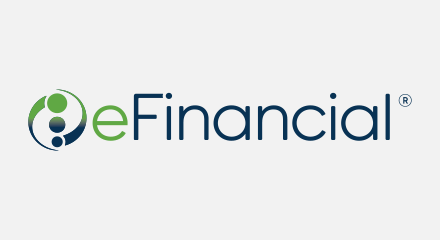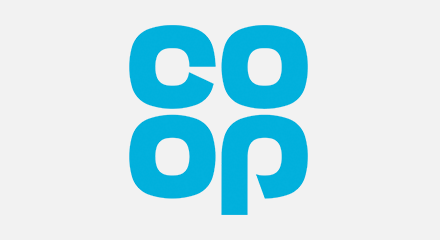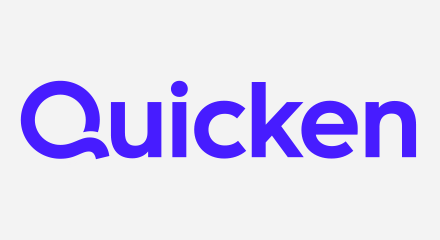Outbound communications are also more efficient. “Previously, a customer might phone in to place their order and receive a needless call later from our sales team,” added Thomas. “Now, that no longer happens because the system automatically removes their name from the call list, releasing our agents for other tasks.”
To replace its previous post-call survey solution, CCBSS talked with several Genesys AppFoundry® Marketplace partners before opting for Mindful Feedback. “We took advantage of a free trial and quickly found we could do so much more, like simultaneously survey our SMS, email and chat channels,” said Thomas. “That provides our bottlers with greater insights into what their customers are saying.”
Efficiency gains, happier employees
Usually, a system migration would have required the company’s IT team to complete a series of stressful manual switchovers.
“Those problems disappeared with Genesys Cloud,” added Thomas. “Also, we don’t have to provision softphones and we have neat tools like Genesys Architect to speed up interaction flow design. So, we only need two people to administer the system compared to three before.”
CCBSS is leveraging Genesys Workforce Engagement Management and has noticed an improvement in speed and reliability from what it experienced with Genesys PureConnect. Agents can listen to their own calls, view their quality evaluations and even add comments to those evaluations. Resource planners and supervisors are spending less time generating reports, building out work schedules, and managing campaigns and time off.
“Our agents appreciate real-time stats, like number of calls handled and talk time,” said Thomas. “Also, they can log in anytime to the Genesys Tempo mobile app and make a vacation request or view available shifts. We’ve received lots of positive feedback. They especially appreciate the flexibility of the app since they can access it when it’s convenient for them, even outside of work.”
And with the introduction of speech and text analytics, CCBSS is finally able to see the big picture. “We quickly pinpoint where the real hotspots are without manually sifting through tons of data,” added Thomas.
Reducing customer touches and transfers
